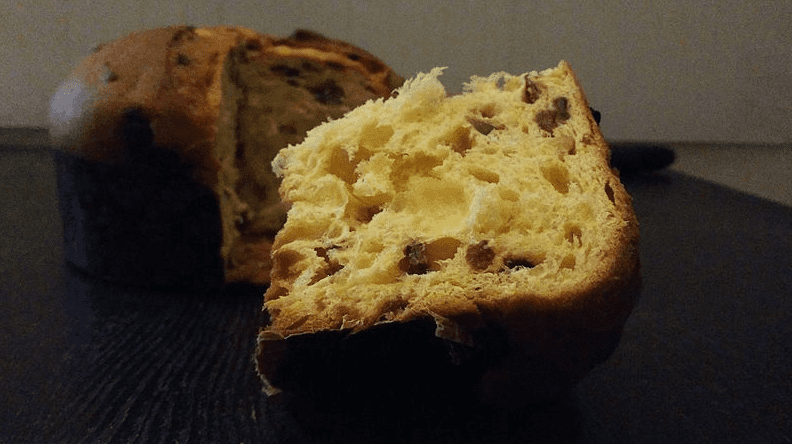Holidays are a time to rest, celebrate and connect with family. Your family holiday traditions may shed light on your ancestry. Tracing a holiday custom back to its origin may offer clues into your family history. Whether your family is religious or not, many holiday traditions have religious origins. This is especially true of Italian holiday traditions, the vast majority of which are rooted in the country’s traditional observance of Christian holy days.

Even the most common Italian Christmas traditions will vary from region to region. From Sicily to Naples, and Sardinia to Milan, Lombardy to Verona, and Tuscany to the Vatican, Italy offers a wealth of cultural diversity. Add to this geographical mixing pot the factor of Christianity blending with older pagan traditions. As with any immigrant group, the Italians brought their holiday traditions with them to America.
The holidays are a perfect time to learn more about your ancestors and your family history. If you have Italian ancestry, use Italian-American newspapers to uncover new stories and facts about your ancestors. Share the stories during your next holiday celebration. You may recognize some of these holiday traditions your Italian ancestors brought with them to America.
The Day of the Immaculate Conception
This observance begins on December 8th with the celebration of Mary’s Immaculate Conception. The famous Christmas markets are officially open for the season on this special day. Between the nativity scenes, staged plays, bonfires, and strung lights, Italian cities become Christmas wonderlands.
Christmas Eve – Feast of the Seven Fishes
Known as “la Vigilla,” this observation celebrates the birth of Jesus at midnight – hence the widely attended tradition of Midnight Mass. Vowing not to eat meat until Christmas Day, many partake in the Feast of the Seven Fishes, or “Festa dei Sette Pesci.” Hailing from Southern Italy, the Feast of the Seven Fishes is more prominent with Italian Americans than with Italians.
La Befana
In the same way that children expect Santa Claus to stuff their stockings with presents, Italian children look for the witch, “la Befana” in Italian, to fill their shoes with gifts and candies. The difference is that Italian children wake up to presents on January 6th instead of Christmas morning.
January 6th marks the end of the Christmas celebrations, on Epiphany, when the Three Mages brought gifts to baby Jesus. As the story goes, the Three Wise Men met la Befana on their way to the manger in Bethlehem. Generous and humble, the old woman hosted the Wise Men in her cottage, giving them food and drink. In the morning, they invited her to join their quest. But she declined, only to regret her decision later. She hurriedly gathered gifts for Jesus but did not reach Bethlehem in time. Traveling the skies on her ragged broomstick, la Befana continues her search to this day, leaving treats for the nice children and coal for the naughty.
Other Italian Holiday Traditions
You can find common Italian traditions during other holidays throughout the year.
Easter
“Pasquetta” in Italian, Easter Monday usually brings families together for picnics and outings. Family life is a founding principle for Italians, so it should come as no surprise that the beginning of spring is celebrated with loved ones.
Venice’s “Carnevale” also happens around this time of year. Italians party and dress up in preparation for Lent, the 40 days leading up to Easter, when they will be expected to fast or abstain from treats and sweets.
All Saints Day
Although Halloween has become a widespread phenomenon, Italians traditionally focus more on November 1st than October 31st. On All Saints Day, “Ognissanti” in Italian, families come together to decorate their loved ones’ graves.
Traditional Italian Holiday Meals
Perhaps most famous for food, Italy has no shortage of delicious recipes for every holiday. If your family has historically enjoyed any of these meals around the holidays, chances are you have Italian ancestry.
- The Feast of the Seven Fishes: Typically, the fish is fried in oil. However, many Italian American families cook seven different types of seafood.
- Cotechino: a pork sausage cooked with lentils that is said to bring good fortune if eaten on New Year’s Eve.
- Panettone: One of the most common traditional Italian holiday foods you’ll find is panettone. Shaped like a dome, the sweet bread has become synonymous with Christmas.
- Pandoro: A yeasty bread like panettone, pandoro is also associated with Christmas and the New Year. Unlike panettone, however, pandoro does not include raisins or candied fruits. You’ll recognize it by its vanilla-infused sugar icing.
- Colomba di Pasqua: In Italian, “dove of Easter,” the Colomba di Pasqua is similar to panettone. The yeasty bread is usually made with candied peel and shaped to look like a dove. The topping includes sugar, almonds, and sometimes chocolate.
These are just a few of the common Italian holiday traditions. Does your family have a unique tradition from your Italian ancestors? If so, please share below in the comments section!
Sources
- “The Feast of the Seven Fishes” retrieved from https://www.eataly.com/us_en/magazine/culture/origin-feast-seven-fishes/
- L’Italo-Americano. “Have a Very Italian Christmas!” retrieved from http://www.italoamericano.org/Italian-Christmas
Related Articles:
